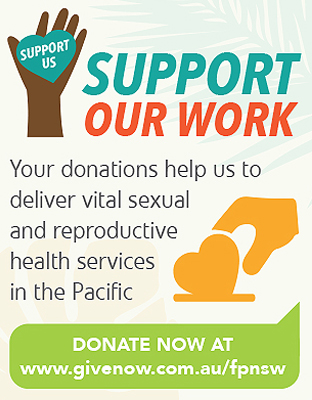Communication in family planning consultations
Research status
Completed
Overview of Study
Methodology
This study used a qualitative and ethnographic approach (Creswell 2007, Silverman, 2005, 2006) combined with discourse analysis (Fairclough 2003, Halliday 1994) and a study of non verbal communication (Madonik 2001), to investigate health care interactions in a Family Planning clinic at Ashfield, Sydney.
By combining these methodological approaches it was possible to analyse how talk is organised and developed around reproductive and sexual health care practices and how language, culture and other ethnographic factors impact on communication. Most importantly, the research methods and research process provided a range of perspectives on the development and experience of communication between medical practitioners and clients.
Objectives of study
This project had four aims:
- To describe and analyse the language and communication strategies used by medical practitioners and clients within consultations at the Ashfield clinic of FPNSW
- To examine these consultations in terms of differing demographics and the cultural and linguistic styles, beliefs and attitudes of both clients and medical practitioners
- To analyse the congruence or disparity between the spoken messages conveyed and received by both medical practitioners and clients through follow-up interviews
- To pilot an innovative approach to professional development for medical practitioners, utilising video recordings to aid practitioner learning and service improvement.
Additionally, the research was utilised as a pilot study for the development of an ARC Linkage submission involving a number of Family Planning Australia sites and other services addressing sexual and reproductive health.
Published articles
Consideration Sets and their role in modelling doctor recommendations about contraceptives


